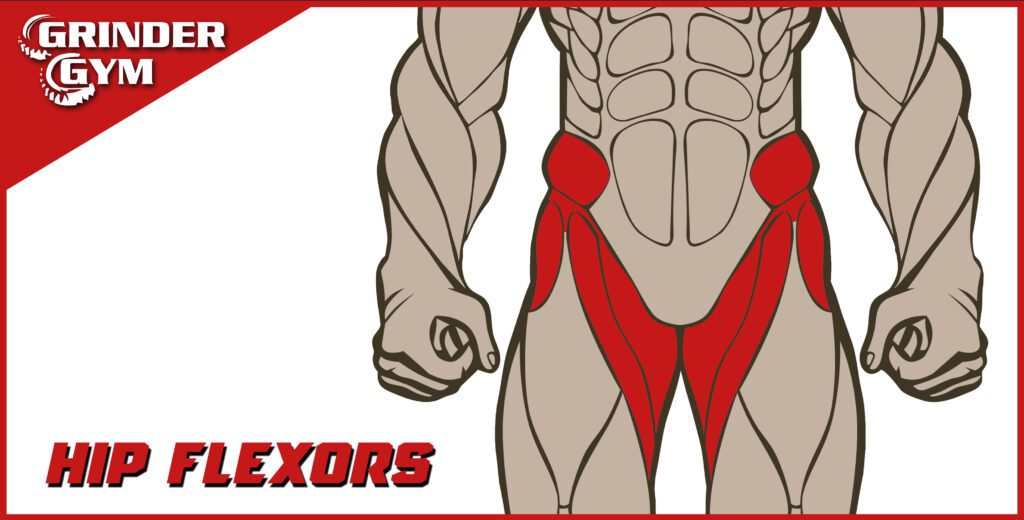EXERCISES

Hip Flexors
Iliopsoas, Sartorius, Rectus Femoris, Tensor Fasciae Latae, Pectineus
Cable:
- Assisted Wheel Rollout
- Lying Leg Raise
- on bench
- Straight Leg
- Standing Leg Raise
- Straight Leg
Lever:
- Hip Flexion
- Lying Leg Raise
- Vertical Leg Raise
Weighted:
- Decline Sit-up
- Hanging Leg Raise
- Straight Leg
- Incline Leg Raise
- arms on pads
- Incline Straight Leg Raise
- arms on pads
- Lying Leg Raise
- Roman Chair Sit-up
- Seated Leg Raise
- Vertical Leg Raise
- on Parallel Bars
- Straight Leg
Body Weight:
- Leg Raises
- Hanging Leg Raise
- with ab straps
- Straight Leg
- Incline Leg Raise
- arms on pads
- Incline Straight Leg Raise
- arms on pads
- Lying Leg Raise
- Alternating
- on floor
- Lying Straight Leg Raise
- Alternating
- Seated Leg Raise
- Vertical Leg Raise
- on parallel bars
- Straight Leg
- Hanging Leg Raise
- Jack-knife on Ball
- Roman Chair Sit-up
- Scissor Kick
- Wheel
- Jack-Knife
- Rollout
- Pike
- Discs
- Pike
Suspended:
- Mountain Climber
- Pike
Stretch (Iliopsoas):
- Bentover Lunging
- Kneeling
- Lever
- Lunging
- On Bench
- Lying
- Sled
- Standing
Stretch (Tensor Fasciae Latae):
- Lying Iliotibial
- Squatting Iliotibial
- Standing Iliotibial
- Wall Iliotibial
Deep Hip External Rotators
Cable
Lever (plate loaded)
Lever (selectorized)
Stretch
